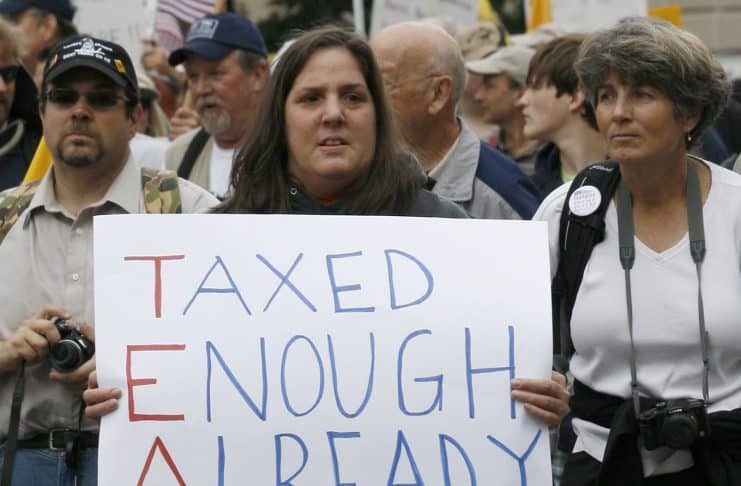Several states are either considering or have implemented tax cuts and reforms this year
picking up where they left off in 2021 and 2022, when federal COVID stimulus money flooded state coffers, allowing many to cut taxes.
According to the Tax Foundation: Eight states adopted individual income tax rate reductions: Arkansas, Indiana, Kentucky, Montana, Nebraska, North Dakota, Utah, and West Virginia. Additionally, Michigan triggered a potentially temporary rate reduction, while previously scheduled or triggered reductions also took effect in 2023 in Arizona, Idaho, Iowa, Missouri, New Hampshire (interest and dividend income tax), and North Carolina.
All well and good for residents of those states. The reason for the continued tax relief activity? …nearly all states anticipate revenues remaining well above pre-pandemic levels. And while state coffers are flush with cash, lawmakers are increasingly attuned to the value
of tax competitiveness in an ever more mobile economy.
With businesses and individuals alike better positioned than ever to take taxes into account in deciding where to live and work, lawmakers across the country are responding with pro-growth, pro-taxpayer reforms.
Tax competitiveness in an increasingly mobile society is a very good thing. Broad, low, and fair tax systems will generate growth while their opposites – narrow, high, and punitive – can chase residents and businesses away.
But before we hand laurels to those states that are lightening or rationalizing their tax burdens, let's not forget that, like their spendthrift Uncle Sam, the states are also sitting on a mountain of debt, including tens of billions in unfunded public pension liabilities. According to Truth in Accounting's most recent report on state fiscal health, states ended 2021 with $1.2 trillion in debt, much of it owing to pensioners: One of the ways states make their budgets look balanced, when they are not, is by shortchanging public pension and OPEB funds. This practice has resulted in a $699 billion shortfall in pension funds and a $665 billion shortfall in [post-employment benefits] funds.
Current state debt numbers show there is still more than $1.2 trillion owed, in addition to the $2.3 trillion in debt local government have accumulated over the years.
What about unfunded pensions? The Council of State Governments estimates the total shortfall at $1.3 trillion.
There are ways out of this mess – some of which involve painful choices like hiking taxes and cutting current benefits. Others involve “injecting” money into state plans to narrow shortfalls, as newly minted GOP president candidate Gov. Doug Burgum did in North Dakota.
That $200 million Burgum and the Legislature put in the pension fund narrowed the unfunded liability to a degree. But that money didn't fall from the sky. It came from taxpayers and it also came at the expense of other potential government programs. More money will be needed from other taxpayers elsewhere to cover their state's obligations, too.
The talk, then, of flush state budgets allowing tax cuts to flourish only tells part of the story. While those tax changes may be welcome and necessary, they create the impression that states can act as Santa Claus with no consequences.
The opinions expressed in this article are those of the author and do not necessarily reflect the positions of American Liberty News.
READ NEXT: Freedom Caucus Hasn't Seriously Addressed Debt Crisis Either



CUT Govt, fraud alone & overhead for $$$$
Cut spending! All states/cities/counties/Federal! Cut to the bone, and a bit more!
Georgia is giving a refund of the excess to the taxpayers.